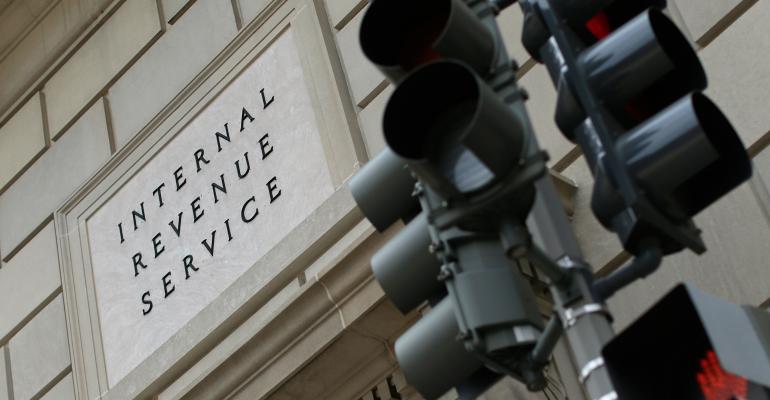When a retirement account, such as an individual retirement account, a Roth IRA or a tax-qualified employer-sponsored retirement plan is payable on death to an individual named as death beneficiary, that beneficiary can open an account and treat it as an inherited IRA.
The decedent’s retirement funds can then be transferred from the decedent’s account into that inherited IRA account. The inheritor can then appoint a beneficiary who will take the account after the inheritor dies. The ability to appoint a beneficiary doesn’t affect in any way the inheritor’s ability to stretch required minimum distributions over the beneficiary’s lifetime.
That’s as it should be. Ownership of the inherited IRA is the sum of all rights to the account, including the right to appoint a successor.
However, when it comes to RMDs from a trust that grants the trust’s beneficiary power of appointment, there’s no official guidance, so questions arise.
POAs Can Be Reconciled with RMDs
In many cases, the presence of a POA can be reconciled with RMDs.
Trusts are set up for many non-tax reasons, including deferring access to wealth until a trust beneficiary reaches an age specified in the trust, creditor protection and assuring professional investment practices will be followed.
One of the requirements a trust must meet for a trust beneficiary to be treated as the “designated beneficiary” over whose life expectancy an inherited IRA may be distributed to the trust is that all trust beneficiaries who could receive IRA funds must be identifiable. Another requirement is that the beneficiary whose age and life expectancy will determine RMDs must be an individual.
Many trusts that are named as beneficiaries of an IRA or other qualified plan account contain the ability to appoint a successor to a trust beneficiary’s interest in a trust. For example, a trust could say that all retirement account distributions received by the trust are to be paid to a trust beneficiary on receipt, making the trust a conduit trust for purposes of RMDs. That means RMDs are made just as though the trust beneficiary, and not the trust, had been named as the retirement account’s death beneficiary.
The trust could further grant that same beneficiary the power to appoint trust property, including the IRA, for example, to any individual born after the primary beneficiary. Because the ability to appoint on death doesn’t alter the individual’s right to receive all distributions for life, there’s no reason to believe that the POA should have any effect on RMDs. The beneficiary is in no position with respect to naming a successor that differs from having been directly named as the account’s beneficiary.
Other trusts accumulate IRA distributions until a trust beneficiary attains a stated age, for example, age 40. Contingent trust beneficiaries then must be taken into account when determining which trust beneficiary will control the period over which RMDs must be made. If the primary beneficiary has a POA restricted to the same class of successor beneficiaries, then all persons who might receive retirement benefits payable to the trust must be known. Here again, the POA should have no effect on RMDs.
But, POAs can spoil stretch distributions when the power can be exercised in favor of non-individuals, such as the power holder’s estate.
Guidance could come in the form of adding to existing regulations, which would open a comment period, or other guidance not requiring a comment period, such as a revenue ruling or a revenue procedure. Proactive practitioners should take steps to lead.





